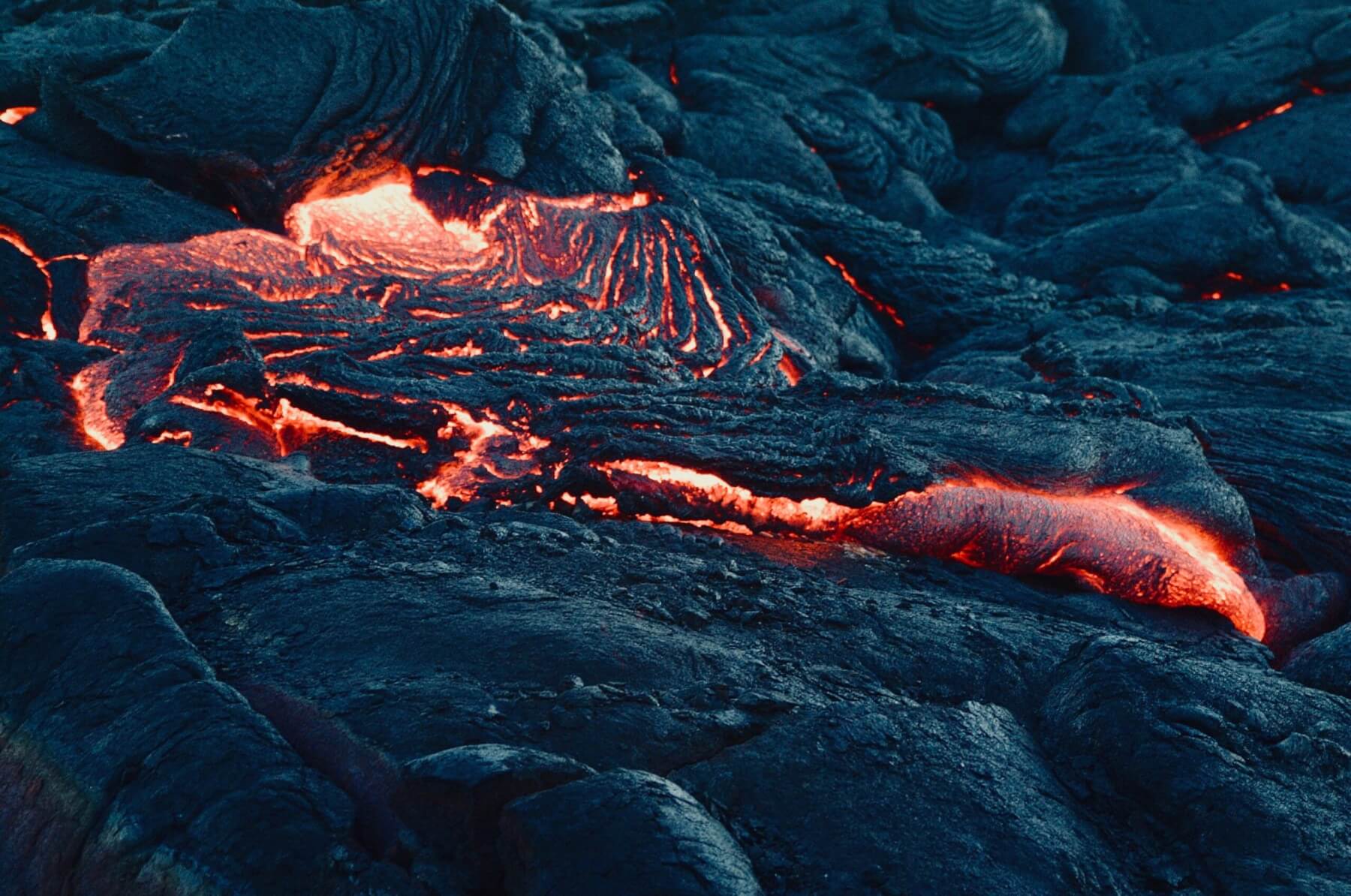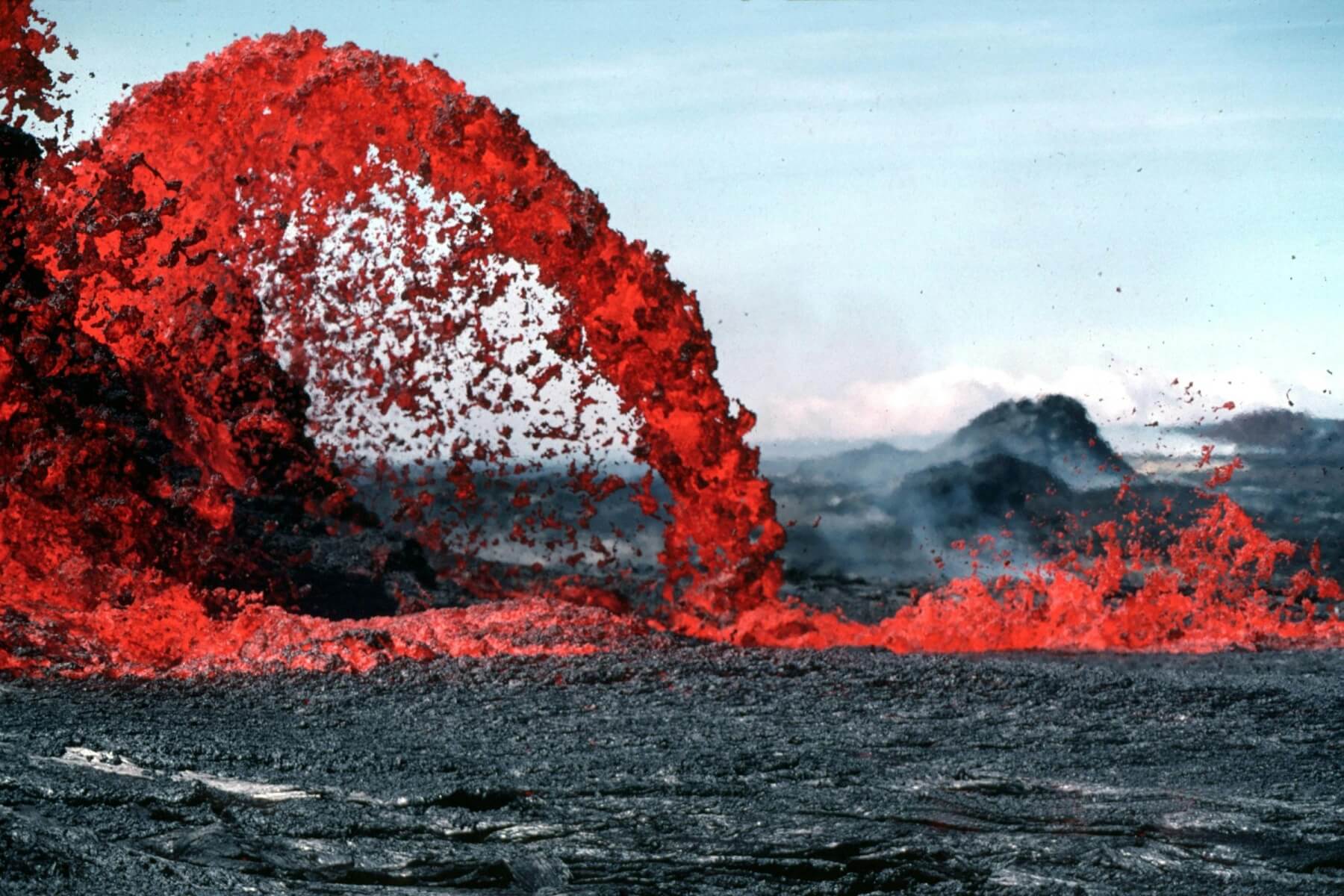
Lava from volcano. Photo by Brent Keane.

Janine Krippner
Lava flows usually don’t kill people, but they do inflict significant damage infrastructure and homes.
Being the focus of my research as I get into the new year, this is adding to my work on how the La Palma eruption impacted local communities and applying those lessons to Auckland.
On the surface we see buildings that are bulldozed, burned, or buried. Under the surface there are homes, livelihoods, communities, and memories. Beyond the obvious impacts to buildings is the damage to infrastructure. Responding to an eruption requires a range of utilities providers to work with information given by emergency managers and volcano monitoring agencies. Volcanologists have to figure out important details so that people can make critical decisions.
Measuring a disaster by fatalities alone ignores the immense loss and trauma associated with these events. We can usually outwalk lava flows – but what happens when we can’t?
Nyiragongo is a volcano in the Democratic Republic of the Congo that has an active summit lava lake, where very hot and fluid lava is cycling up and down within the vent, maintaining its fluid form. Goma, the capital of the North Kivu province, is about 15 km away. In 1977, when the population was around 50,000, an eruption of rapid lava flows from the lava lake draining down through fractures in the flank covered 16-20 square kilometres in a couple of hours, killing around 75 people.
On January 17, 2002, the ongoing eruption changed again. Lava began to extrude from a large system of fractures across 10km on the southern flank, draining the lava lake. Two lava flows entered communities, destroying 15 per cent of the city and leaving around 120,000 people homeless by the next day and ultimately up to 150 people died. Another similar event in 2021 also resulted in fatalities
These are some of the few eruptions where lava flows have directly caused fatalities. Those lava flows moved at speeds of tens of km/hour with the composition of the lava being a controlling factor here. This particular volcano produces magma (below ground) or lava (above ground) that has very low amounts of silica or SiO2. Generally, the higher the SiO2, the stickier or more viscous the magma/lava is, so these low contents mean it can flow faster.
When I talk about any hazard there is pretty much always a “usually” in my description. There are always those examples of when a volcano did something different, something unexpected, something disastrous. Those times have come with many harsh and painful lessons. It is our responsibility as volcanologists to take all of these into account to determine if they could happen at a given location, and to keep all the possible options in our minds as we focus in on which more likely hazards people should prepare for.
For just one word, “usually” holds within it these powerful stories, reminders to be mindful of all the possibilities and to be adaptable during an evolving situation.










